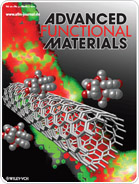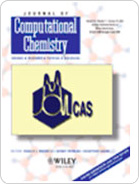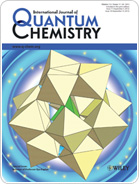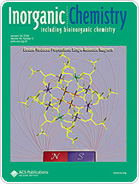Long-Living Light-Emitting Electrochemical Cells – Control through Supramolecular Interactions
|
Nanoscale Deposition of Single-Molecule Magnets onto SiO2 PatternsAdv. Materials, 2007, 19, 291-295 2 Instituto de Ciencia Molecular (ICMol), Universidad de Valencia, PO Box 22085, 46071 Valencia, Spain |
Spin qubits with electrically gated polyoxometalate moleculesNature nanotechnology 2007, 2, 257-323 J. Lehmann 1, A. Gaita-Ari-o 1,2, E. Coronado 2, D. Loss 1 2 Institutode CienciaMolecular, Universitat de Valencia, Polígono de LaComa, s/n, E-46980 Paterna, Spain |
The Institute of Molecular Science, A Nanotechnology LeaderYear I Issue n. 1 |
Multifunctionality in hybrid magnetic materials based on bimetallicDOI: 10.1039/c0cs00111b |
Inorganic Materials and Ionic Liquids: Large-scale Nanopatterning of Single Proteins used as Carriers of Magnetic Nanoparticles (Adv. Mater. 5/2010) (p NA)DOI: 10.1002/adma.201090008 The authors demonstrate large-scale patterning of single ferritin molecules by sequential (atomic force microscopy local oxidation) and parallel approaches (lithographically controlled wetting). The nanopattern size matches the size of the protein ( |


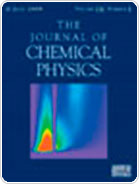
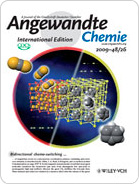
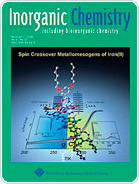
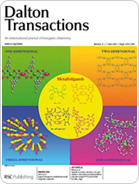
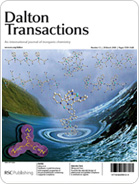
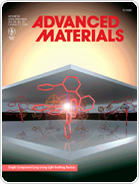
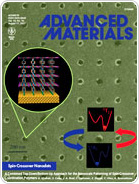

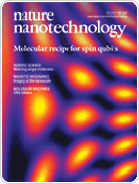
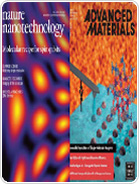
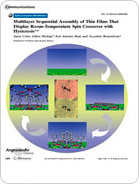
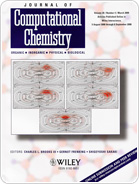
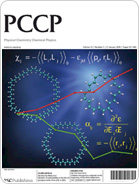
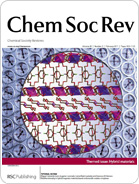
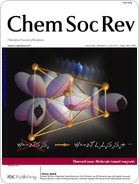
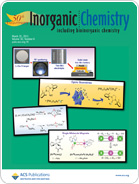
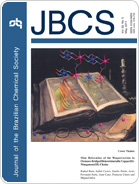
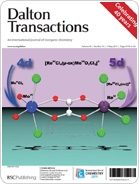
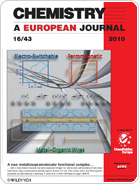
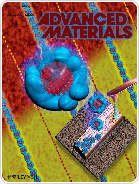
 10 nm). Electrostatic interactions, capillary forces, surface functionalization, and nanolithography are used to achieve the desired protein organization.
10 nm). Electrostatic interactions, capillary forces, surface functionalization, and nanolithography are used to achieve the desired protein organization.